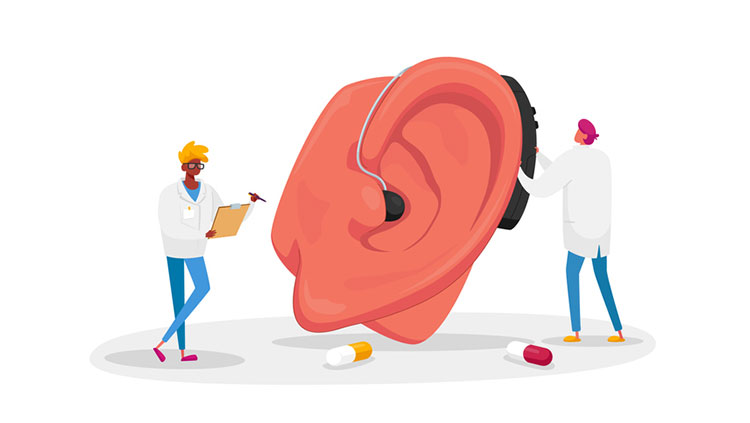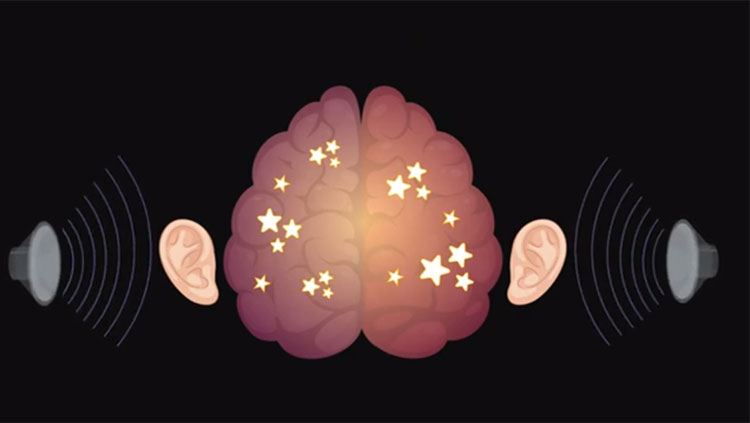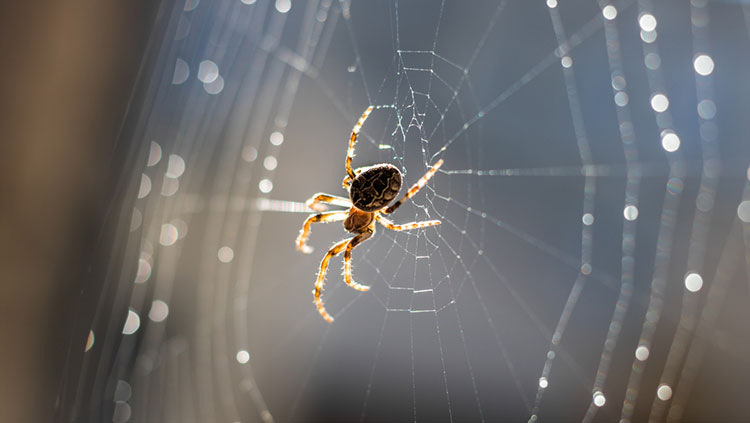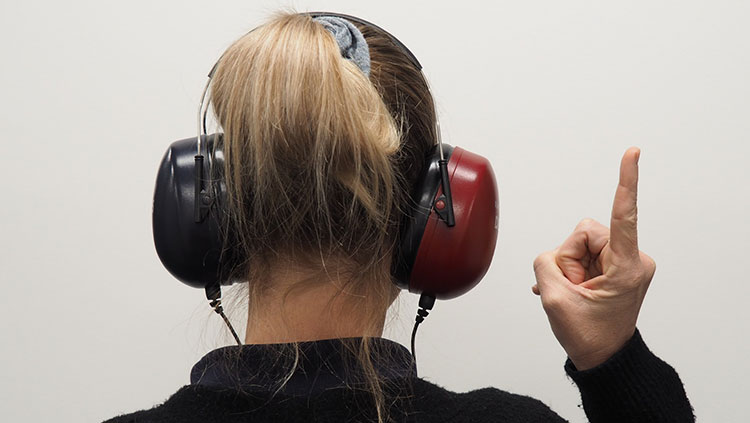Regenerating Lost Hearing
- Published2 May 2014
- Reviewed2 May 2014
- Author Elyse Sullivan
- Source BrainFacts/SfN
When people and other mammals lose hair cells—the sensory cells responsible for converting sound into electrical signals for the brain—they experience permanent hearing loss. Yet fish, frogs, and birds are capable of replacing lost cells with new ones. Why can’t mammals do the same?
One reason may be due to differences in the cytoskeleton—the scaffolding that surrounds cells—in mammals and non-mammalian vertebrates. In this 3D image from the inner ear of a mouse, strands of protein that make up the cells’ skeleton—called actin filaments—are labeled in green. Recent studies suggest that the exceptional stability of actin networks in mammalian ears may limit hair cell replacement. If scientists are able to destabilize these actin cytoskeletons, they may be able to promote regeneration and eventually restore hearing loss in people
CONTENT PROVIDED BY
BrainFacts/SfN
Also In Hearing
Trending
Popular articles on BrainFacts.org


















